Sizzling Herbs: The 7 Essential Mexican Cooking Herbs You Need in Your Kitchen Now!
Table of Contents
- Introduction
- Why Herbs Matter in Mexican Cuisine
- The Top 7 Mexican Cooking Herbs
- Buying Guide: How to Choose the Best Mexican Herbs
- Pro Tips for Using Mexican Herbs in Everyday Cooking
- Conclusion
Introduction
Mexican cuisine is a vibrant explosion of flavors, colors, and aromas that can transport your taste buds straight to the heart of Oaxaca or the bustling streets of Mexico City. While spices like chili powder and cumin often steal the spotlight, it’s the unsung heroes—Mexican cooking herbs—that truly define the soul of many traditional dishes.
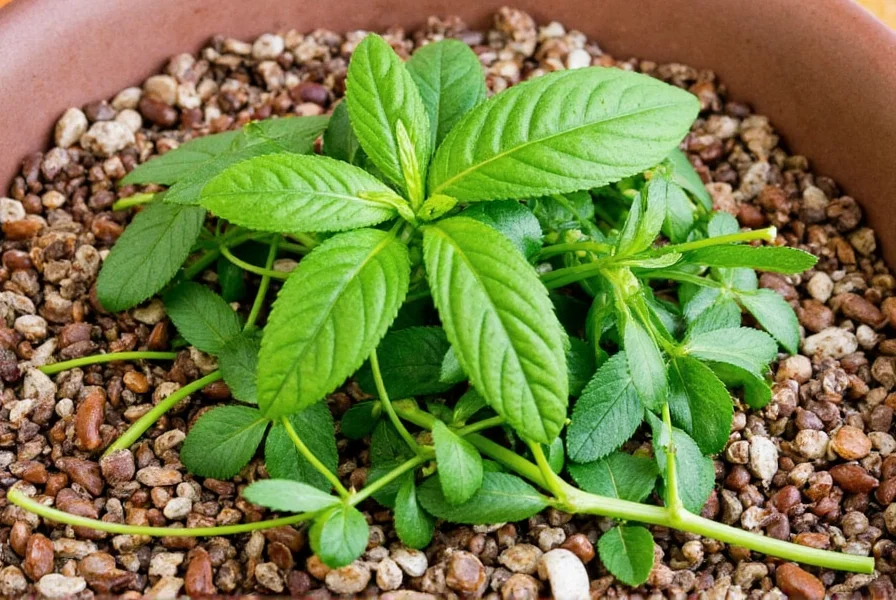
In this article, we’re diving deep into the world of fresh and dried herbs used in authentic Mexican cooking. Whether you're a seasoned home cook looking to elevate your tacos or a curious foodie wanting to explore new flavor profiles, this guide will give you everything you need to bring the spirit of Mexico into your kitchen—no passport required.
Why Herbs Matter in Mexican Cuisine
When most people think of Mexican food, they imagine bold chilies, tangy limes, and rich chocolate. But beneath all that spice lies a delicate balance brought by aromatic herbs. Unlike other cuisines that may lean heavily on single dominant herbs (like rosemary in Mediterranean dishes), Mexican cooking uses a dynamic duo of both fresh and dried herbs to create depth, complexity, and authenticity.
From enhancing salsas to simmering stews and seasoning meats, these herbs are essential tools in any Mexican chef’s toolkit. Let’s uncover the top seven Mexican cooking herbs that should be part of every well-stocked pantry—or better yet, growing in your backyard!
The Top 7 Mexican Cooking Herbs
Here's a list of the must-have herbs that bring out the true essence of Mexican cuisine. Each one plays a unique role, so don’t skip any!
1. Cilantro (Coriander Leaves)
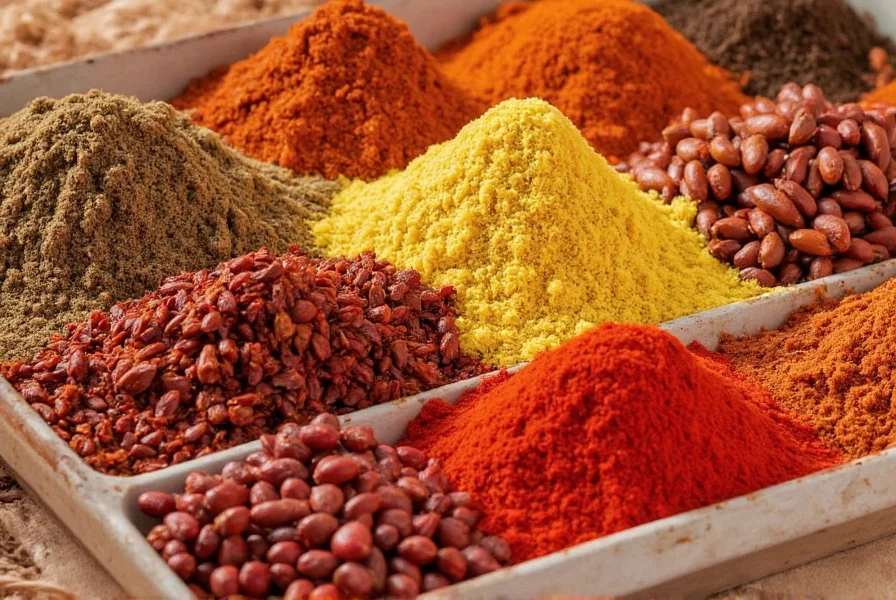
Also known as coriander leaves, cilantro is arguably the most iconic herb in Mexican cooking. Used raw in salsas, guacamole, and tacos, its bright, citrusy flavor adds a fresh kick to just about anything.
- Best For: Garnishing tacos, blending into green sauces, and tossing into soups at the end of cooking.
- Tips: Add it at the very end to preserve its flavor and color.
2. Epazote
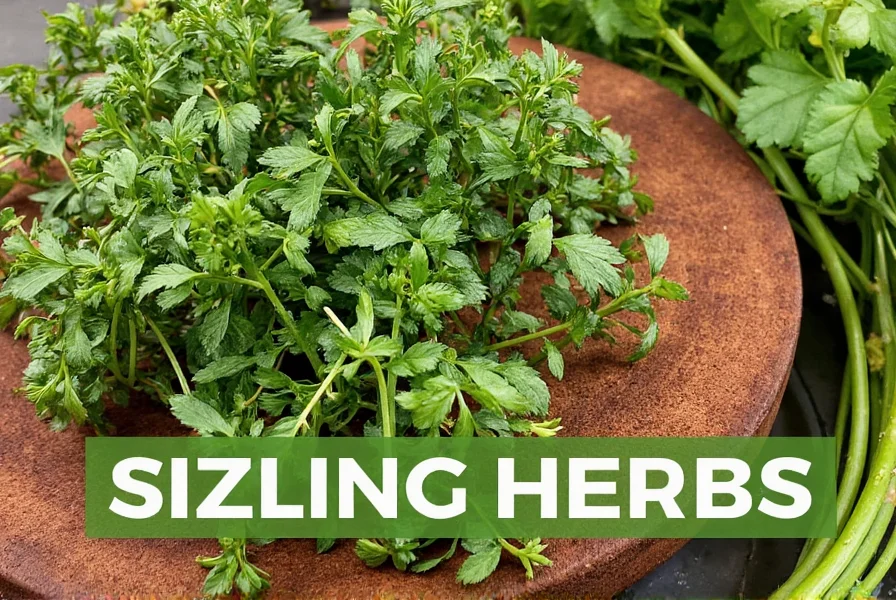
This pungent, almost medicinal herb is a staple in traditional Mexican beans and soups. It’s said to help reduce gas when consumed with beans—a culinary genius hack from ancient times.
- Best For: Bean dishes, quesadillas, and mole verde.
- Tips: Use sparingly; its strong flavor can overpower if overused.
3. Mexican Oregano
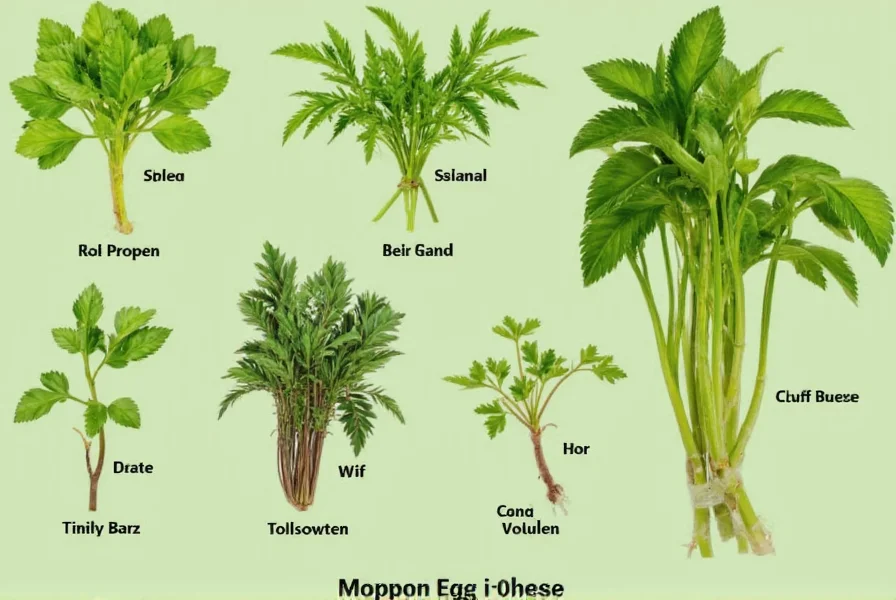
Unlike Mediterranean oregano, Mexican oregano has a bolder, earthier profile with floral and citrus notes. It’s especially common in salsas, moles, and meat marinades.
- Best For: Slow-cooked dishes, tomato-based sauces, and grilled meats.
- Tips: Dried form intensifies flavor—ideal for long-simmered recipes.
4. Hoja Santa (Sacred Leaf)
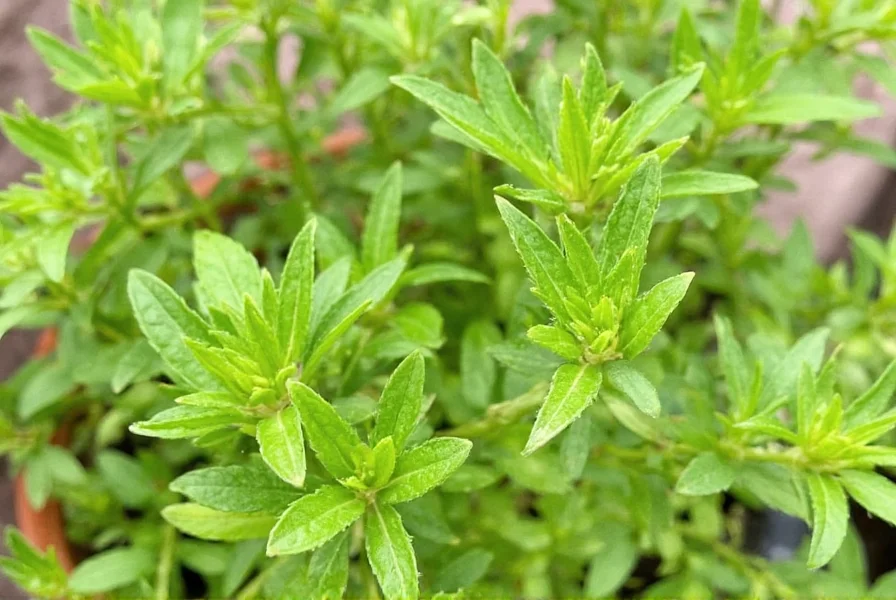
This large, heart-shaped leaf has a peppery, anise-like flavor. It’s commonly used to wrap tamales or fish en papillote-style.
- Best For: Wrapping seafood, chicken, or adding to soups like pozole.
- Tips: Remove before serving unless eating young, tender leaves.
5. Culantro
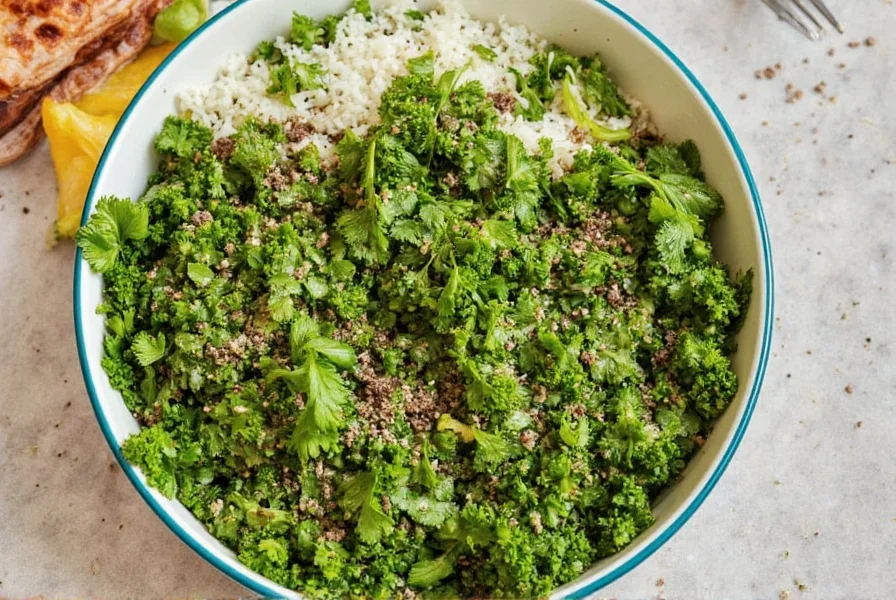
Often confused with cilantro, culantro has longer, serrated leaves and a more potent, earthy aroma. It’s used in soups, stews, and rice dishes, especially in southern regions of Mexico.
- Best For: Long-cooked meals where robust herbal flavor is needed.
- Tips: Use less than you would cilantro due to its intensity.
6. Avocado Leaves
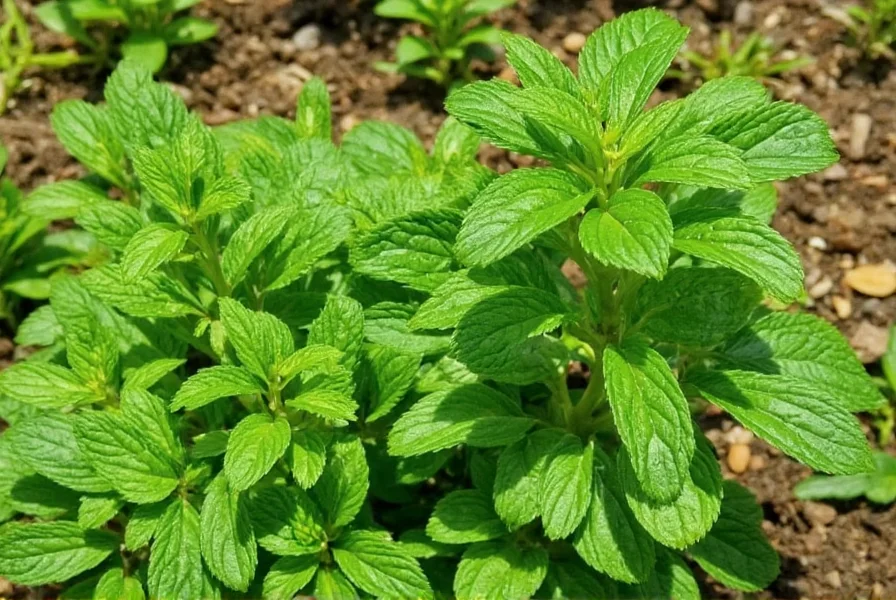
These fragrant leaves are often toasted before use and add a warm, anise-like scent to dishes. Popular in Oaxacan cooking, especially for wrapping tamales or flavoring mole negro.
- Best For: Tamales, moles, and slow-cooked meats.
- Tips: Toast briefly before use for enhanced aroma.
7. Rue (Ruda)
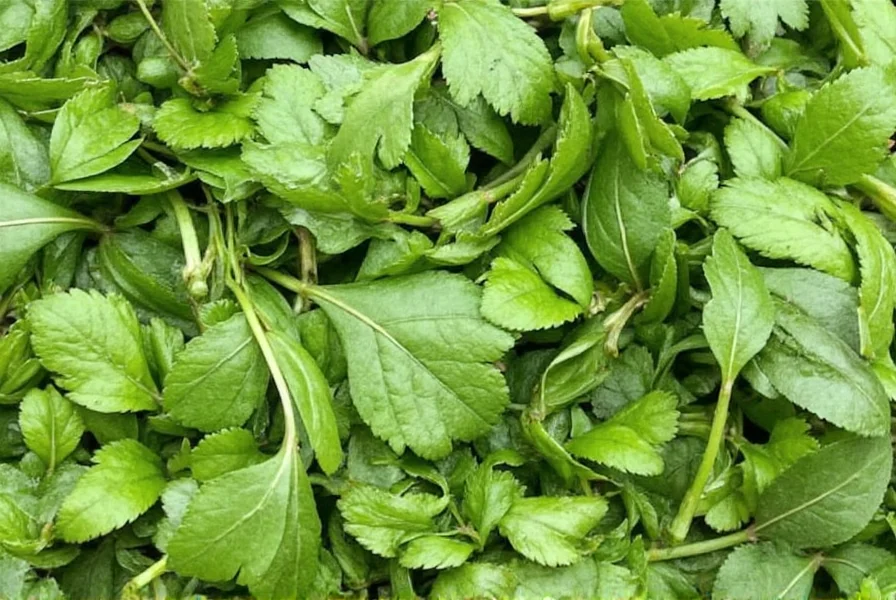
A traditional herb with a bitter, sharp flavor, rue is used mainly in regional dishes and folk remedies. Not for everyday use but adds a distinctive touch when used properly.
- Best For: Regional soups and ceremonial dishes in central Mexico.
- Tips: Handle with care—it’s powerful and not recommended for daily consumption.
Comparison Table: Mexican Herbs at a Glance
| Herb | Flavor Profile | Best For | Form (Fresh/Dried) |
|---|---|---|---|
| Cilantro | Bright, citrusy | Garnish, salsas, tacos | Fresh |
| Epazote | Pungent, earthy | Beans, quesadillas | Fresh or dried |
| Mexican Oregano | Earthy, floral, citrusy | Moles, sauces, marinades | Dried |
| Hoja Santa | Peppery, anise-like | Wrapping fish/chicken | Fresh or dried |
| Culantro | Strong, earthy | Stews, soups | Fresh or dried |
| Avocado Leaf | Warm, anise-like | Tamales, moles | Dried or toasted |
| Rue | Bitter, sharp | Regional soups | Fresh or dried |
Buying Guide: How to Choose the Best Mexican Herbs
Knowing which herb to buy and how to store it can make all the difference between good and great results. Here's a breakdown of what to look for and how to get the best value.
1. Cilantro
- Look For: Bright green, firm stems without wilting or yellowing leaves.
- Storage: Place stem ends in water like a bouquet and refrigerate.
- Use Case: Fresh toppings, quick blends, garnishes.
2. Epazote
- Look For: Dark green leaves, no signs of mold or discoloration.
- Storage: Wrap in damp paper towel and store in plastic bag in fridge.
- Use Case: Beans, slow-cooked dishes.
3. Mexican Oregano
- Look For: Aromatic, crumbly dried leaves with earthy fragrance.
- Storage: Keep in airtight container away from light and moisture.
- Use Case: Mole, stews, meat rubs.
4. Hoja Santa
- Look For: Large, intact leaves with a fresh, green appearance.
- Storage: Refrigerate wrapped in paper towels inside a sealed bag.
- Use Case: En papillote cooking, tamales.
5. Culantro
- Look For: Long, serrated leaves with deep green color.
- Storage: Store upright in water or wrapped in a damp cloth in fridge.
- Use Case: Stews, rice, soups.
6. Avocado Leaf
- Look For: Whole, undamaged leaves, preferably dried or slightly aged.
- Storage: Dry storage in cool place; rehydrate before use.
- Use Case: Mole negro, tamales, broths.
7. Rue
- Look For: Greenish-yellow stems and leaves, with distinct bitter aroma.
- Storage: Dry thoroughly and keep in sealed jar.
- Use Case: Traditional soups, ceremonial dishes.
Pro Tips for Using Mexican Herbs in Everyday Cooking
You don't have to be a professional chef to harness the magic of Mexican herbs. Here are some pro tips to help you make the most of them in your own kitchen:
- Add at the Right Time: Most fresh herbs (like cilantro and hoja santa) lose flavor when overcooked—add them near the end or after cooking.
- Grow Your Own: Many Mexican herbs are easy to grow indoors or outdoors. Try planting epazote or cilantro in pots for fresh access year-round.
- Toast Before Use: Herbs like avocado leaves and dried oregano benefit from a quick toast to enhance their natural oils and aroma.
- Pair with Acid: Brighten up dishes by pairing herbs with lime juice or vinegar—especially effective with cilantro-heavy dishes.
- Don’t Be Afraid to Experiment: Substitute regular oregano with Mexican oregano in your next sauce recipe—you’ll notice a richer, more complex flavor.
Conclusion
Mexican cooking herbs are more than just garnishes—they’re the secret ingredients that bring depth, aroma, and authenticity to your favorite dishes. From the zesty punch of cilantro to the mysterious allure of rue, each herb tells a story rooted in tradition and geography.
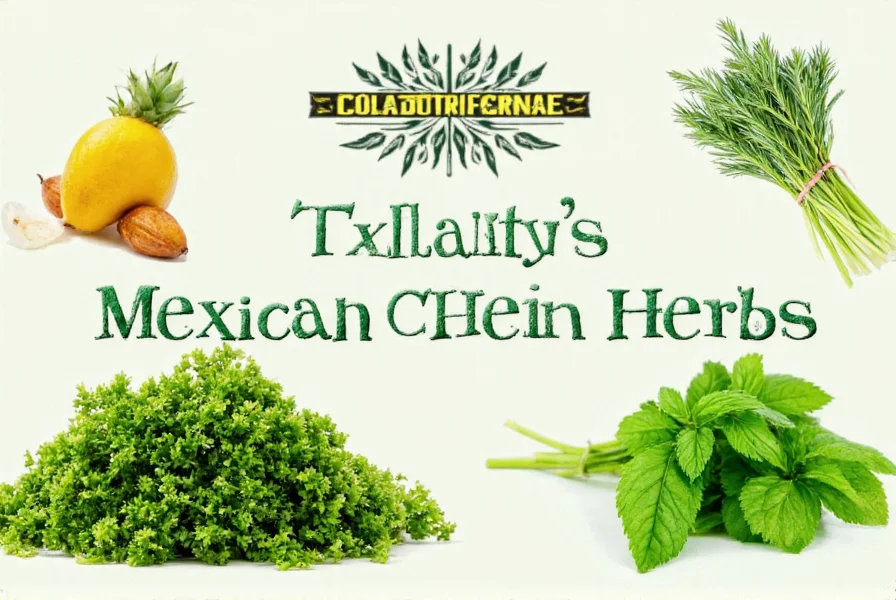
Whether you're making a classic salsa verde, a comforting pot of beans, or experimenting with regional moles, incorporating these herbs will take your cooking to the next level. So go ahead—stock your pantry, visit your local market, or even start your own herb garden. With this guide in hand, you’re ready to turn up the flavor and bring a little piece of Mexico into every bite.

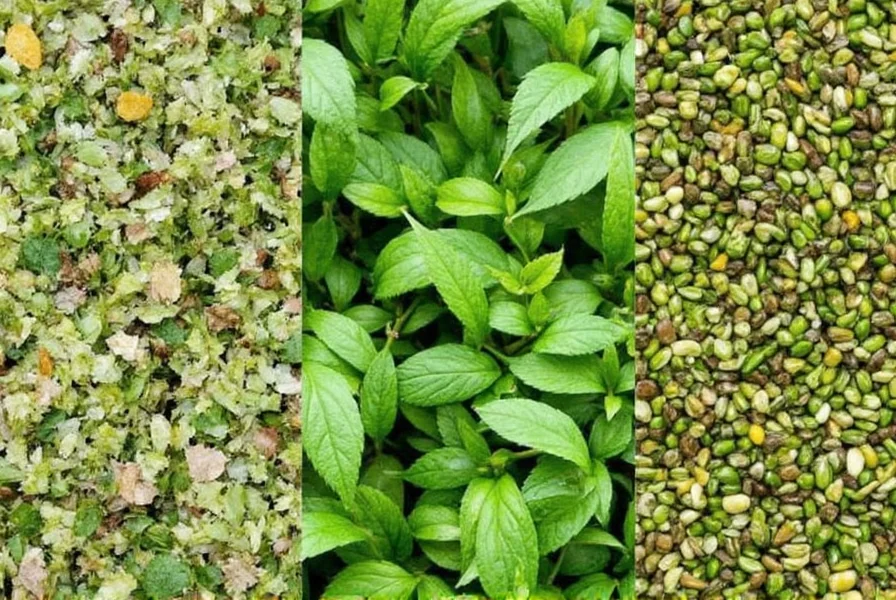









 浙公网安备
33010002000092号
浙公网安备
33010002000092号 浙B2-20120091-4
浙B2-20120091-4